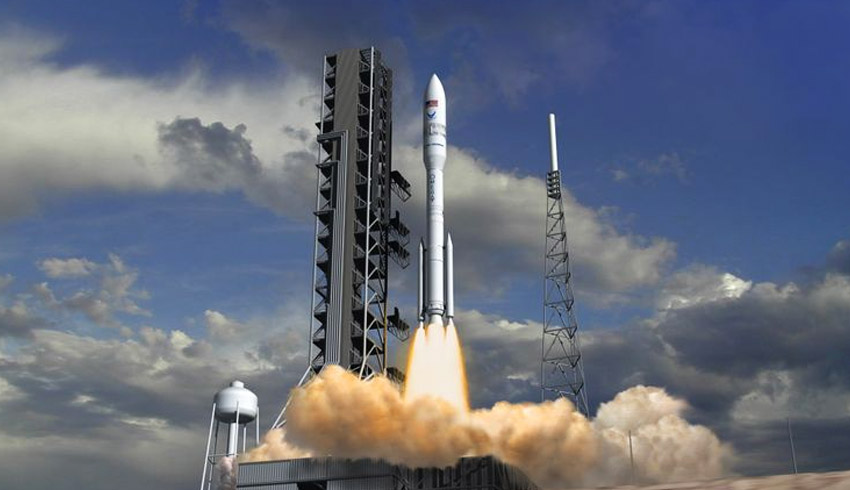
OmegA will launch from Kennedy Space Center’s Pad 39B and insert the SSN satellites into a geosynchronous transfer orbit.
Last October, the US Air Force awarded Northrop Grumman a $792 million launch services agreement to complete detailed design and verification of the OmegA launch vehicle and launch sites.
Scott Lehr, vice president and general manager, flight systems at Northrop Grumman, welcomed the announcement: "The OmegA rocket expands Northrop Grumman’s launch capabilities beyond our small and medium class rockets, which have successfully launched nearly 80 missions.
"Expanding the company’s launch capabilities to the intermediate/heavy class with OmegA complements our national security satellite portfolio and enables us to better support our customers."
Charlie Precourt, vice president, propulsion systems at Northrop Grumman, added, "The first flight of OmegA is a key step in our certification process for the US Air Force National Security Space Launch program. Having Saturn’s NationSat on board for this mission further demonstrates the versatility of OmegA to serve other markets including commercial and civil government."
Northrop Grumman has a distinguished heritage in space launch. In 1990, the company developed Pegasus, the world’s first privately developed space launch system. The company’s Minotaur launch vehicle has achieved 100 percent success on its 18 space missions and nine suborbital missions.
"Northrop Grumman designed OmegA to use the most reliable propulsion available – solid propulsion for the boost stages and flight proven RL10 engines for the upper stage – to ensure exceptional mission assurance for our customers. Northrop Grumman’s technical expertise is both broad and deep, and we bring unmatched experience, stability and a strong customer focus to every partnership," Precourt added.
Northrop Grumman’s Antares rocket has launched more than 32,000 kilograms of food, equipment and supplies to the astronauts aboard the International Space Station.
Receive the latest developments and updates on Australia’s space industry direct to your inbox. Subscribe today to Space Connect here.









